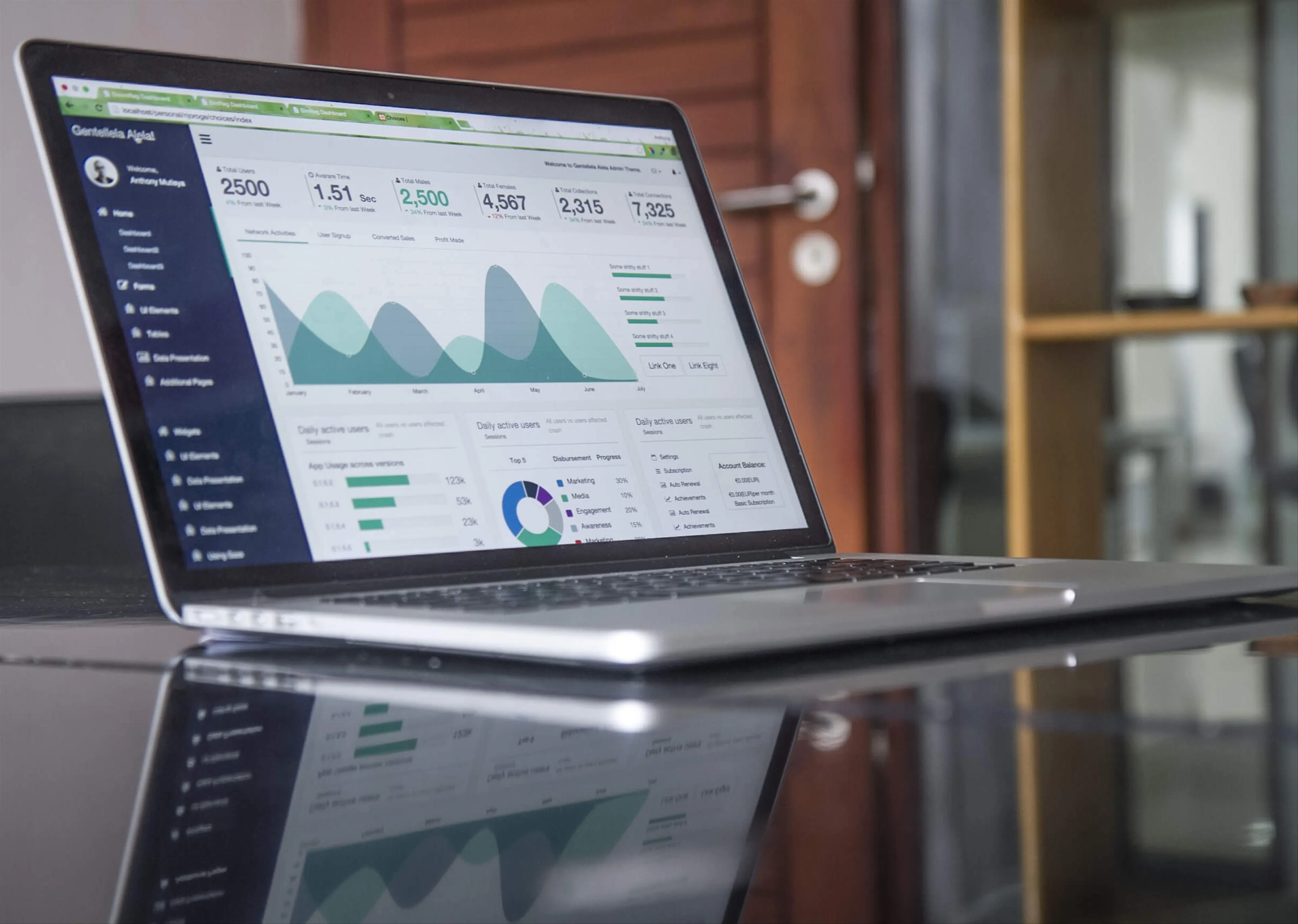Web analytics is the process of collecting and analyzing data to understand how users interact with websites. Web analytics tools are platforms that measure and report various metrics and insights about user behavior, such as how users arrive at your website, what they do on your site, and how they engage with your brand. Web analytics is essential for anyone who wants to start a business or build a personal brand online. It helps you create a website that represents you and optimize it based on data-driven decisions.
One of the first steps to create a website is to choose a website builder that suits your needs and preferences. A website builder is a platform that allows you to design and customize your website without coding. There are many website builders available in the market, such as Webfity, Wix , WordPress , Squarespace , etc. Each website builder has its own features and advantages that you should consider before choosing one.
Web analytics can help you increase traffic and conversions from your site by improving user satisfaction and experience. Web analytics can also help you evaluate the performance of your website builder and see if it meets your expectations or needs. For example, you can use web analytics to measure how fast your website loads, how responsive it is on different devices, how easy it is to navigate, etc. In this article, you will learn what web analytics is, why it matters, how it works, what metrics you should track, what tools you can use, and how to get started.
Why web analytics matters.
Creating a great website and offering a high-quality product or service may not be enough to attract and retain customers. Sometimes, there are unexpected challenges or user behaviors that you need to consider. That’s why it’s important to monitor and evaluate what’s happening behind the scenes of your website using web analytics. Web analytics tools can show you how visitors reach your site and where they might encounter difficulties or drop off before buying your product or service. With this information, you can optimize your website accordingly and enhance user experience. This can benefit your business by increasing traffic and conversions from your site.
How does web analytics work?
You may wonder how web analytics tools collect data and if they are intrusive or violate user privacy. The answer is no, you are not stealing personal information from your users, and they can feel safe when browsing your site. However, there are some tracking mechanisms in place on websites that enable site owners to have a general understanding of user experience. For example, web analytics tools often use tags that count every time a user visits a certain webpage or clicks on a certain button.
Web Analytics in SEO
Web analytics in SEO is the analysis of website data to help improve visibility and search engine rankings. It involves tracking website visitors, clicks, and conversions to measure the performance of a website and its pages. The main goal of web analytics in SEO is to understand how users interact with a website and what factors affect their behavior. This can help site owners optimize their websites for SEO and increase organic traffic.

What web analytics metrics should you track?
There are many web analytics metrics that you can track to measure the performance of your website and its pages. However, not all metrics are equally important or relevant to your goals. Here are some of the most common and useful web analytics metrics that you should track:
Traffic
Traffic is the number of visitors that come to your website in each period of time. It is one of the most basic and essential web analytics metrics that shows how popular or attractive your website is. You can also compare traffic across different time periods or segments to see how your website is growing or changing.
Traffic sources
Traffic sources are the channels or mediums that bring visitors to your website, such as search engines, social media, email, referrals, direct, etc. Traffic sources can help you understand how users find your website and what channels are most effective for driving traffic. You can also analyze the quality and behavior of visitors from different sources to see which ones are more likely to convert or engage with your brand.
Conversions
Conversions are the actions that you want your visitors to take on your website, such as signing up for a newsletter, downloading an ebook, making a purchase, etc. Conversions are the ultimate goal of web analytics as they indicate how successful your website is in achieving your business objectives. You can measure conversions by setting up goals or events in your web analytics tool and tracking how many visitors complete them.
Revenue
Revenue is the amount of money that you earn from your website in a given period of time. Revenue is closely related to conversions as it shows how profitable your website is for your business. You can measure revenue by assigning values to your conversions or by integrating your web analytics tool with your e-commerce platform.
Bounce rate
Bounce rate is the percentage of visitors who leave your website after viewing only one page. Bounce rate can indicate how engaging or relevant your website content is for your visitors. A high bounce rate may mean that your website does not meet the expectations or needs of your visitors or that it has usability issues.
Social media metrics
Social media metrics are measures of how well your website content performs on social media platforms, such as likes, shares, comments, etc. Social media metrics can help you understand how popular or viral your content is among social media users and how it affects your brand awareness and reputation.
Web analytics tools and getting started.
There are many web analytics tools available in the market that can help you track and analyze your website data. Some of the most popular ones include Google Analytics, Kiss metrics, etc. Each tool has its own features and advantages that suit different needs and preferences.
To get started with web analytics, you need to choose a tool that fits your goals and budget and install it on your website. Usually, this involves adding a code snippet or tag to every page of your website that enables the tool to collect data from visitors. Once the tool is installed, you can access its dashboard and reports to view and analyze your data.

Web Analytics FAQ
Here are some frequently asked questions about web analytics:
What is the importance of web analytics?
Web analytics is important because it helps you understand how users interact with your website and what aspects of your site are working well or need improvement. Web analytics can help you make data-driven decisions to optimize your website for user satisfaction and business success.
What are the main types of web analytics?
There are four main types of web analytics: descriptive, diagnostic, predictive, and prescriptive. Descriptive web analytics tells you what happened on your website in the past using historical data. Diagnostic web analytics tells you why something happened on your website using data analysis techniques such as segmentation, correlation, etc. Predictive web analytics tells you what will happen on your website in the future using data modeling techniques such as regression, machine learning, etc. Prescriptive web analytics tells you what actions you should take on your website to achieve optimal results using optimization techniques such as testing, personalization, etc.

It's Time to Harness the Power of Web Analytics
In conclusion, web analytics, when combined with a user-friendly website builder, can provide powerful insights into your website's performance and user behavior. By understanding and applying the fundamentals of web analytics, you can make data-driven decisions to improve your site's effectiveness and ultimately, the success of your online presence.
Whether you're a small business owner, a blogger, or an e-commerce entrepreneur, understanding the importance of web analytics is crucial. Starting with key metrics such as traffic, traffic sources, conversions, revenue, bounce rate, and social media metrics, you can begin to gain a comprehensive understanding of your website's performance.
Remember, the goal is not just to collect data but to interpret it in ways that can drive your business forward. The combination of a well-structured website, thanks to a website builder, and a solid grasp of web analytics can pave the way for your online success.
So start today - choose a web analytics tool that suits your needs, integrate it with your website, and let the data guide your decisions. It's time to harness the power of web analytics and make your online presence work for you.
